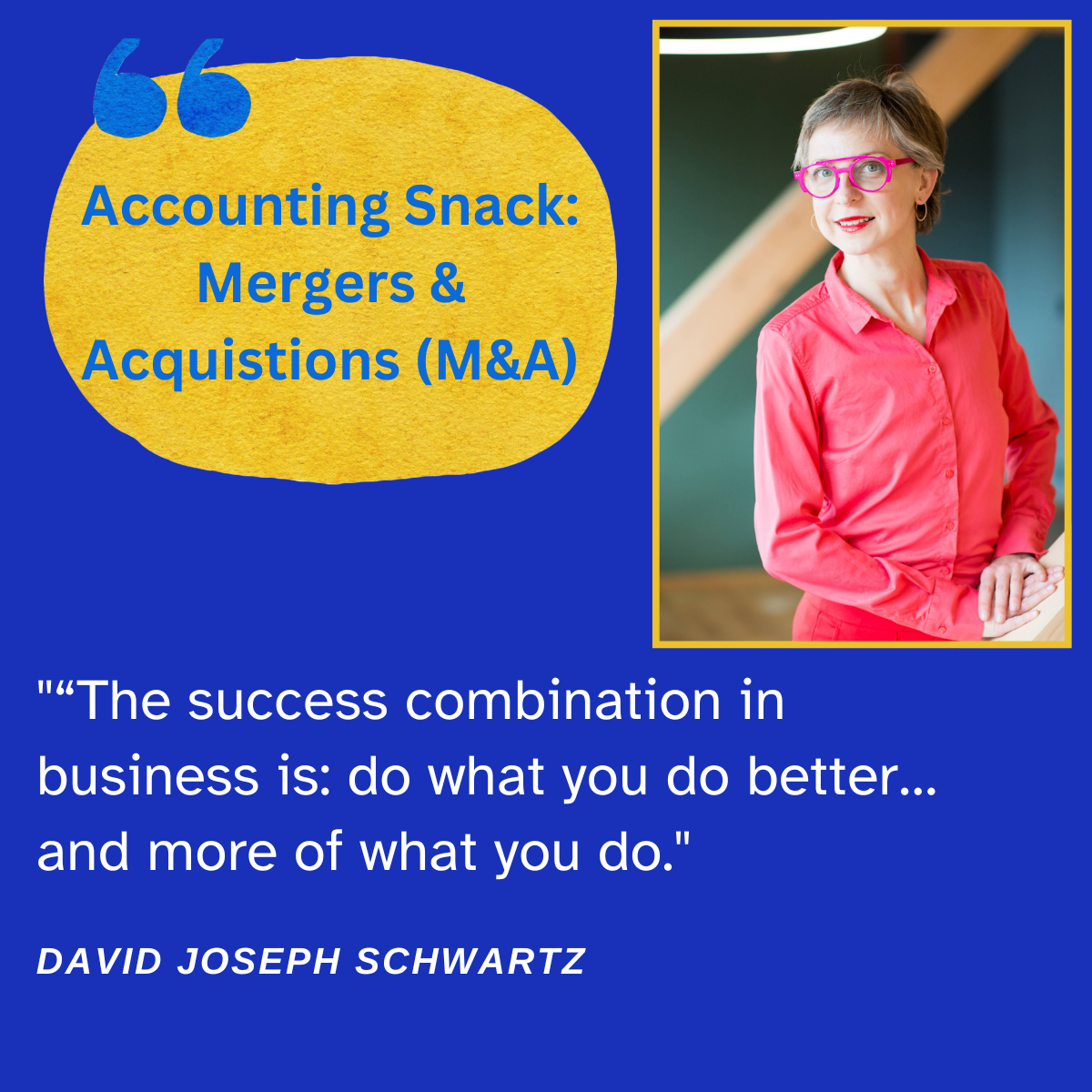Mergers and Acquisitions
Mergers and Acquisitions
Your company will merge or get acquired, just wait long enough :-)!
The oldest company in the world, Japanese Kongō Gumi, had operated for 1,428 years before it was acquired in 2006 by the Takamatsu Construction Group.
🈺 Kongō Gumi, founded in 578 A.D., historically specialized in designing and constructing traditional shrines and temples. An increased competition from major construction companies and the growing use of concrete in shrines and temples eventually resulted into the acquisition by Takamatsu.*
All kinds of companies - long-standing, freshly grounded, non-profits - engage in M&A transactions.
But why on earth would a company engage in those expensive, adventurous (think culture clash) deals with uncertain outcomes?
The answer is simple, but not easy to achieve. Companies strive for an access to technology, to markets and to customer bases. They want to scale up operations and achieve synergies.
Acquiring a company with the pursue to achieve these benefits, surely is a way forward.
Let`s have a look at the accounting bit:
IFRS draws a clear distinction between business combinations with the control element and other forms of business collaborations. Companies engaging in joint operations or ventures cooperate usually just for a defined term and purpose (e.g. common research).
IAS 28 Investments in Associates and Joint Ventures is the point of reference in case the control aspect is missing.
💡 Key terms to know:
IFRS 3 Business Combinations is written for business combinations or “true mergers" under which one entity, an acquirer, exercises control over another entity (an acquiree). The standard focuses on the acquirer.
Complex, strictly confidential process of determining a purchase price of a target precedes any M&A transaction.
However, regulatory disapproval might put a deal to an abrupt end. This was the case in the $10 Billion Sainsbury-Asda deal which was blocked by the CMA to protect UK public from increased prices.
At acquisition date, an acquirer reporting under IFRS needs to allocate the purchase price on a fair value basis to:
Assets acquired (e.g. technological equipment) and liabilities assumed (e.g. pension liabilities);
Goodwill, which is an immaterial asset an acquirer did not formally pay for, yet still expects to benefit from (i.e. in a form of future synergy effects);
A residuum in the acquiree, left to another party, so called non-controlling interest.
The last bit(e) is a trend:
In 2023, nearly 40,000 merger and acquisition (M&A) deals were completed worldwide, amounting to 2.5 trillion U.S. dollars. In the strongest “M&A” year insofar, 2021, a record value of over 5.2 trillion U.S. dollars in M&As was achieved. **
